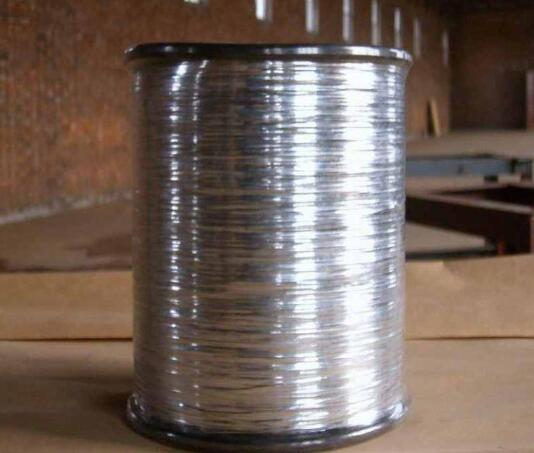Understanding Perforated Metal Sheet Specifications
Perforated metal sheets have become an essential component across various industries, owing to their unique combination of durability, aesthetic appeal, and versatility. These sheets allow light, air, and sound to pass through while still maintaining structural integrity. Understanding the specifications of perforated metal sheets is crucial for architects, engineers, and manufacturers to make informed decisions for their applications.
What is Perforated Metal?
Perforated metal is created by punching holes through sheets of metal using a die. This process results in a material that is lightweight yet strong, capable of providing functional benefits while also serving decorative purposes. Common materials used for perforated sheets include steel, aluminum, and stainless steel, each chosen based on specific project requirements.
Key Specifications to Consider
1. Material Type The choice of material significantly affects the performance of the perforated metal sheet. Carbon steel is often used for its strength and cost-effectiveness, while stainless steel provides excellent corrosion resistance. Aluminum is a lightweight option that is also resistant to corrosion and is often preferred for decorative applications.
2. Hole Size and Pattern The size and shape of the holes play a crucial role in determining the sheet's functionality and aesthetic appeal. Hole sizes can vary from small pinholes to larger openings, depending on the application. Patterns such as staggered, straight, or custom designs can also be created, offering flexibility for both practical and visual requirements.
perforated metal sheet specification

3. Thickness The thickness of the metal sheet affects its durability and load-bearing capabilities. Thicker sheets tend to be more robust, making them suitable for structural applications, while thinner sheets may be adequate for decorative purposes or lightweight installations.
4. Open Area Percentage This refers to the percentage of the sheet that is open (i.e., the area occupied by holes) relative to the total sheet area. The open area impacts factors such as airflow, light transmission, and weight. A higher open area percentage allows for greater airflow, making it ideal for ventilation applications, while a lower percentage can enhance strength and durability.
5. Finish and Coating The surface finish can enhance the material's performance and appearance. Options include powder coating, anodizing, and galvanizing, which provide additional protection against corrosion and wear while allowing for aesthetic customization.
6. Applications Perforated metal sheets are used in a variety of applications. In architecture, they are commonly seen in facades, ceilings, and room dividers. In engineering and manufacturing, they are used in filters, screens, and shields. The versatility of perforated sheets extends to sectors such as automotive, aerospace, and even retail displays.
Conclusion
Understanding the specifications of perforated metal sheets is crucial for anyone involved in project design and execution. The choice of material, hole size and pattern, thickness, open area percentage, finish, and application all play significant roles in determining the sheet's suitability for a given task. By carefully considering these factors, professionals can harness the unique properties of perforated metal to achieve both functional and aesthetic goals in their projects, ensuring safety, durability, and visual appeal. Whether for industrial use or architectural design, perforated metal sheets continue to be a solution that brings both utility and beauty to modern applications.

















